Decoration panels are a revolutionary addition to the interior design industry, bringing into the market a powerful combination of aesthetic and functional advantages. There are various materials from which decoration panels are made, and, as such, the preferences and requirements of this product cater to diverse customers. Across domestic and commercial uses, decoration panels have become a powerful adjunct to both decor and utility. They are popular for the ability they have to turn any space into something that identifies personally with individuals. The distinction also results from the unique presence associated with the texture and physical composition of the wood, glass, metal, or fabric making the panels. For modern-day interior designing, then, decoration panels have become irreplaceable not only in terms of decoration but also from the perspective of sound and temperature insulation.
Exploring Types of Decoration Panels
- Wood Panels: Wood panels are timeless classics in interior decor. They provide an atmosphere of warmth and comfort and come in different finishes from smooth and lacquered to rough and patterned. Additionally, they are flexible and can be used in both classic and contemporary settings rooms with elegant wooden panels.
- Glass Panels: Glass panels are a synonym for genuine, open, and natural. They give the illusion of greater space and light, especially suitable for smaller or less naturally-lit rooms. Frosted or tinted glass panels can maintain privacy while also promoting wall transparency, making them ideal for bathrooms and office environments with glass partitions.
- Metal Panels: Metal panels are a perfect option for a rather harsh, contemporary, or industrial look. They are well-known for their durability and come in a variety of trim finishes, whether moist or dry, matte, or shiny. Ideal for light-reflecting, easy-to-maintain modern kitchens or business areas.
- Fabric Panels: Fabric panels add tactile color and texture to the room. They are necessary for bedrooms and home theaters, where one advantage of fabric panels is the ability to soften sounds; bedroom echoes can cause insomnia. They can also offer bright colors or soften wooden and metal contrasts by smoothing furniture contours.
Design Strategies for Optimal Impact
Selecting suitable material also depends largely on the panel’s purpose and the room’s design. In the example of the kitchen, the glass panel decoration works to expand the space artificially so that the small kitchen looks bigger. In a media room, fabric panels on the walls contribute to better absorption of sound. Additionally, color is of immediate importance – the colors must match the design and the color palette of the room as well as create the appropriate atmosphere. Light colors give a sense of spaciousness and airiness, while dark colors lend coziness and sophistication.
A similar impact is easy to achieve using texture, as it also affects how the space is perceived. Textured wood panels make the space deeper and more engaging. Texture and pattern can be combined to create one respective image or make one room look like a whole despite all the elements being too different. For example, patterns can act as a common denominator.
Installation Tips for Decoration Panels
To achieve the best look and result, proper decoration panel installation is essential. Preparation of the surface includes wall cleanliness, dryness, and smoothness, and eliminating any imperfections that might lead to unwanted situations during the installation.
Tools and techniques can differ based on the type of panels that a person intends to utilize. For example, different types of saws and drills to cut and fix wooden panels can be employed, as adhesives and a person’s carefulness to apply and align fabric ones.
A homeowner’s decision on professional or DIY panel installation would usually depend on its complexity and craftsmanship experience. Simple projects can be done without expert assistance, however, more complex ideas would require more precise professionals. Especially for glass and metal panels, the professional approach is more reasonable due to safety issues, which if failed excessively by a person could harm one’s health.
Homeowners should closely follow these tips to achieve the best results on how to install decoration panels. Professionalism will become evident if these steps are followed, as the results will look interesting and long-lasting.
Maintenance and Care for Decoration Panels
In all cases, regular cleaning or specialized care is required to ensure that the decoration panels retain their original appeal as long as possible. Glass, metal, wood-composite, and fabric—each type of panel will require specific steps to ensure the panel looks as good as new.
Cleaning Keys: Since glass and metal more quickly retain fingerprints and dirt, they will require regular cleaning. By using a soft cloth and the appropriate cleaner, including a glass cleaner for glass, wood cleaner or mild detergent, and non-abrasive detergent for wood or fabric, the panel will look new. Avoid particularly harsh chemicals that could alter the panel’s appearance.
Longevity Keys: Wood panels also require sealing and/or polishing every few years to keep the material from dulling and prevent the environmental damage it may undergo. For fabric, ensure that no moisture is present; surely, it can lead to mold and the material’s complete wear.
Enhancing Spaces with Specific Panel Applications
These panels can be used for different purposes in a residential or commercial building.
In homes – each room can have a special look. Like, the living room can have a wood panel as a backdrop for a television. Which adds some warmth and a classy touch. In the kitchen, glass can be used for backsplashes because they are both stylish and easy to clean. In bedrooms, fabric panels can be used for the wall and ceiling to add the soft texture of fabrics and improve acoustics for better sleep.
In commerce and production – panels can be used for a more fashionable reason. However, the paneling has to be practical and robust. Metal panels can be used in high-traffic areas such as lobbies or corridors. The panels have to be durable as people can move a lot and possibly damage them. In an office, fabric panels can be used in cubicle units or ceiling panels to reduce noise. Glass can be used for partitions to maintain the open feel of the office but to create separate spaces at the same time.
By thoughtfully integrating these elements into your design projects, you can achieve the best environment. Which are not only visually appealing but also tailored to the specific needs. This strategic approach ensures that each application is both practical and stunning. Which offers a testament to the transformative power of decoration panels in interior design.

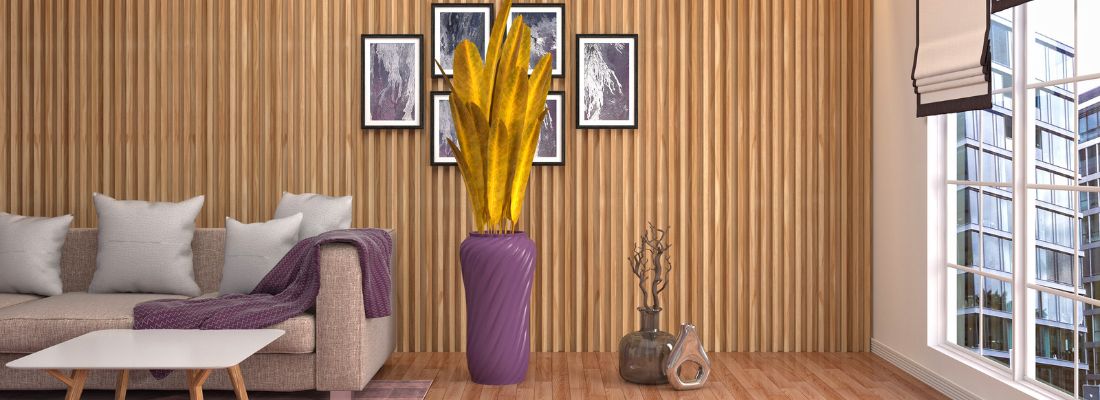
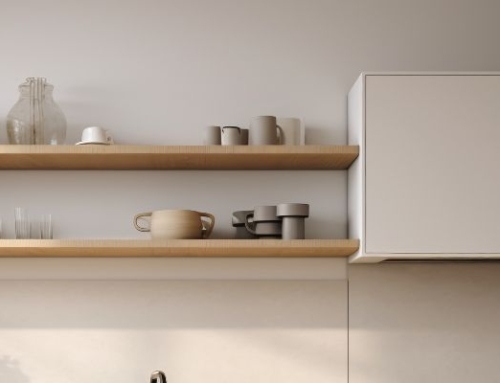
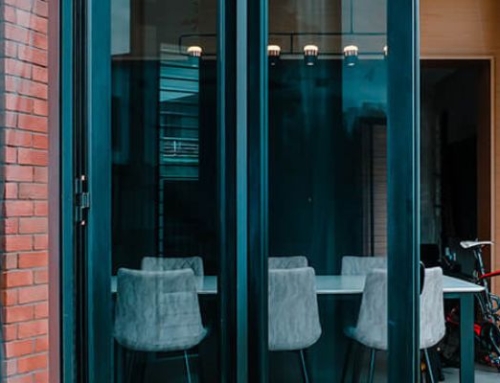
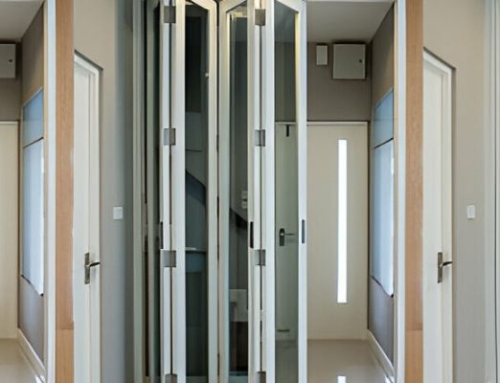
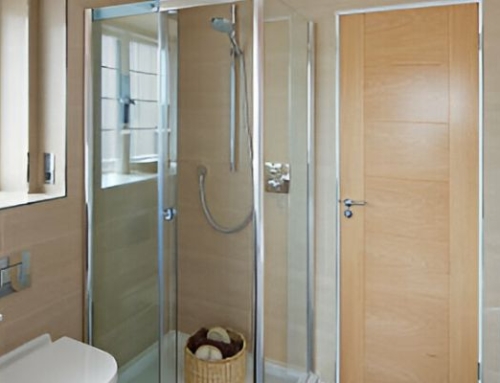
Leave A Comment